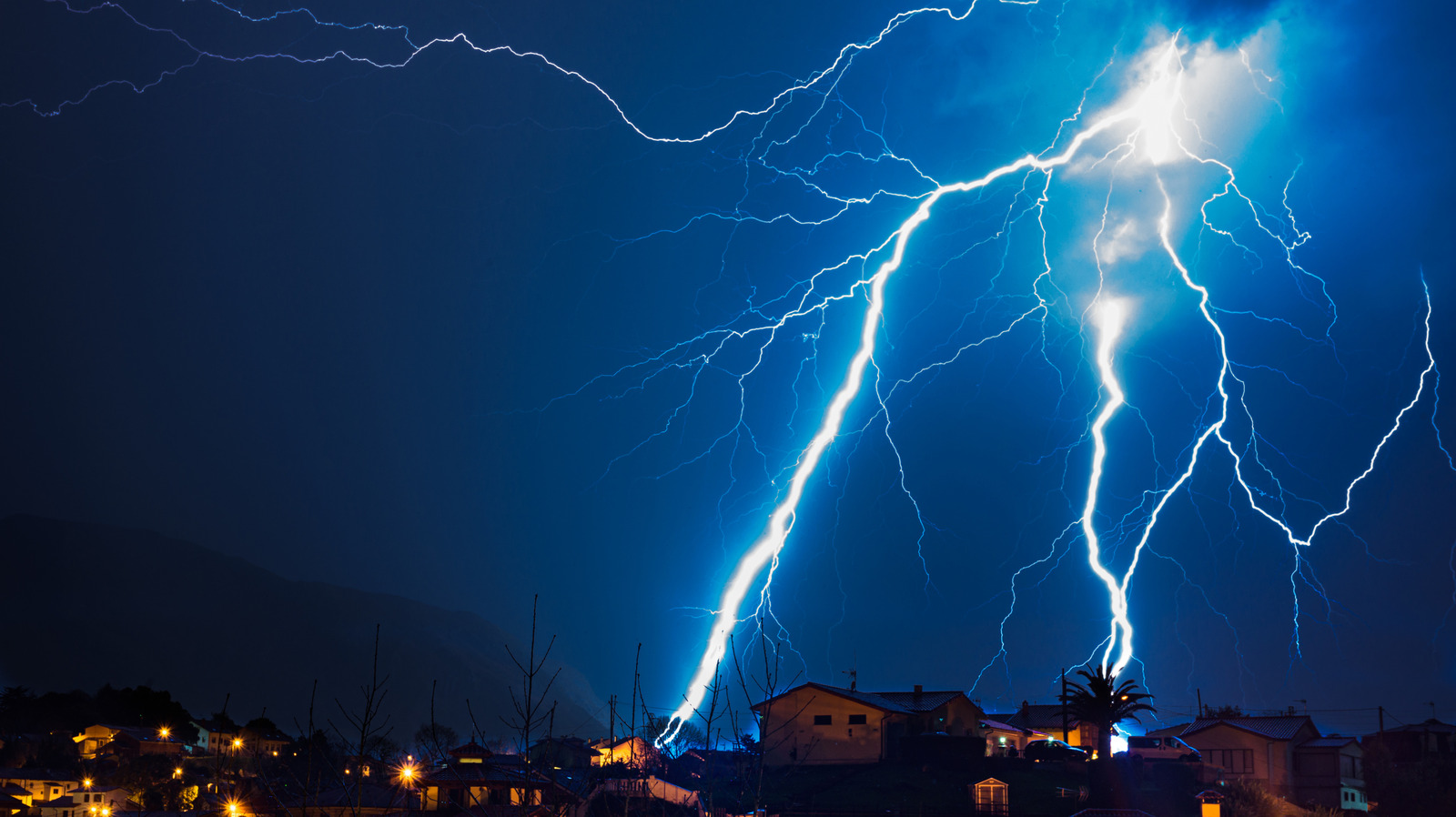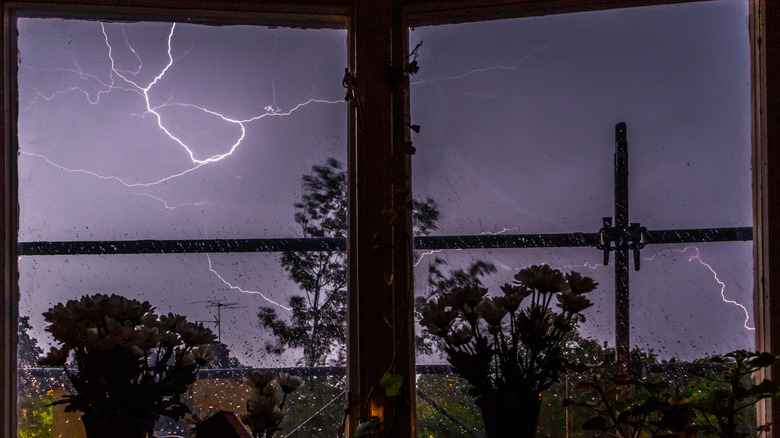If you were ever told by your parents that you shouldn’t shower during a thunderstorm, you may have often wondered why. Is it really that dangerous?
It turns out that being indoors doesn’t automatically mean you are safe from lightning. In fact, one-third of injuries from lightning happen to people inside, according to the Centers for Disease Control and Prevention (CDC). Despite our greater understanding of storms, with tracking and forecasting technology, there are still around 10 or 20 people killed in the U.S. each year by lightning, sometimes even more, based on records from the National Weather Service.
The power of lightning cannot be underestimated. In fact, a gigantic lightning bolt recorded in 2018 rose 50 miles into space and had 100 times more electrical charge than a standard bolt of lightning. People often feel relatively protected in their homes, or vehicles, and sometimes even outdoors, when the storm seems too far away to be a danger. However, lightning can be quite unpredictable where it strikes, and storms can develop faster than we anticipate. When you are in your shower, there is a risk of being electrocuted due to metal plumbing and the presence of water.
How does lightning strike you in the shower?
Lightning has five different ways it can strike someone: a direct strike, a side flash, a ground current, streamers, and conduction. Conduction is a threat to people inside. Both metal and water are excellent conductors of electricity. Interestingly enough, there is even an organism that conducts electricity efficiently just like a wire does.
Your shower is fed through plumbing, and older plumbing tends to consist of metal pipes that have water flowing through them. Your shower faucets and knobs are high-risk areas for lightning to be conducted through. If you take a shower during a thunderstorm, you might get electrocuted, causing possible death or injuries as severe as cardiac arrest or brain injuries.
It is not just the shower itself that carries the risk of conduction. The bathroom sink faucet and anything plugged into an outlet, like an electric beard trimmer or a hair dryer, can lead to injury. It’s important to remain safe during a thunderstorm, even if you are in your own home.
How to stay safe indoors
There are some key rules to remember if there is a thunderstorm outside. Don’t take a shower. Touch faucets and water as little as possible. Don’t use anything plugged into an outlet such as your computer, a video game system, or your phone while it’s charging. Stay away from doors and windows.
There are other factors to keep in mind that can put you at a greater risk. Summers in the southeastern United States have more violent storms and more lightning strikes. Florida in particular has had over 2,000 injuries from lightning within the past 50 years, according to the CDC. CDC data also reports that males are four times more likely to be struck by lightning compared to females, and the average age of a person struck is 37 years old.
Humans can impact the severity of thunderstorms, and research has revealed that reducing pollution from cargo ships can actually stop lightning from striking as severely in that area. While there is a one-third chance of being struck by lightning indoors, this means outdoors is still the most dangerous area to be in during thunderstorms. Avoid going out during a storm, and if you are enjoying a leisure activity, quickly seek shelter inside.












